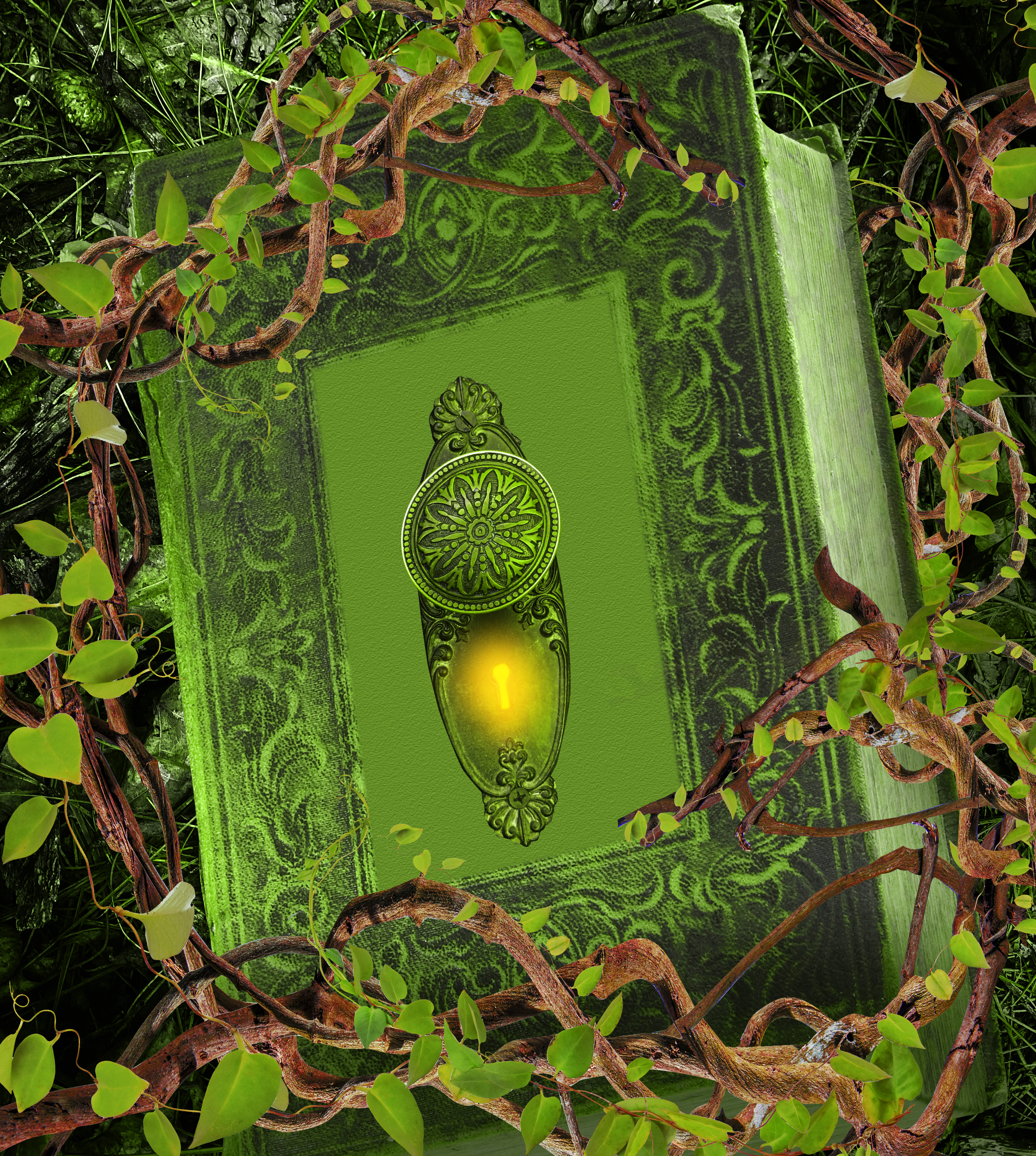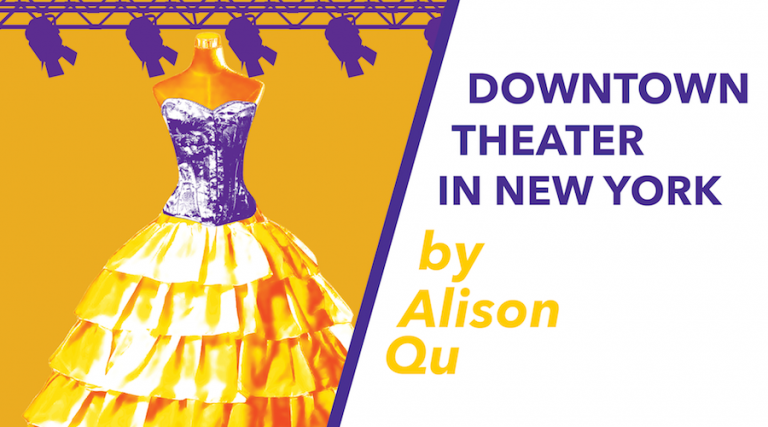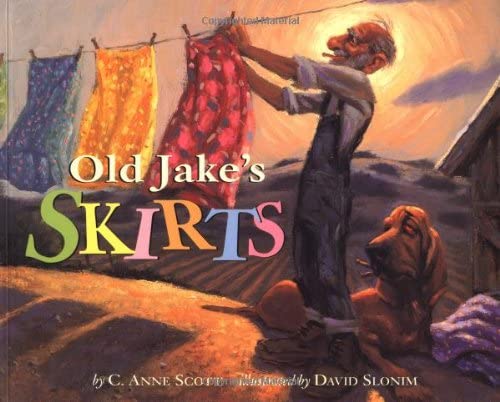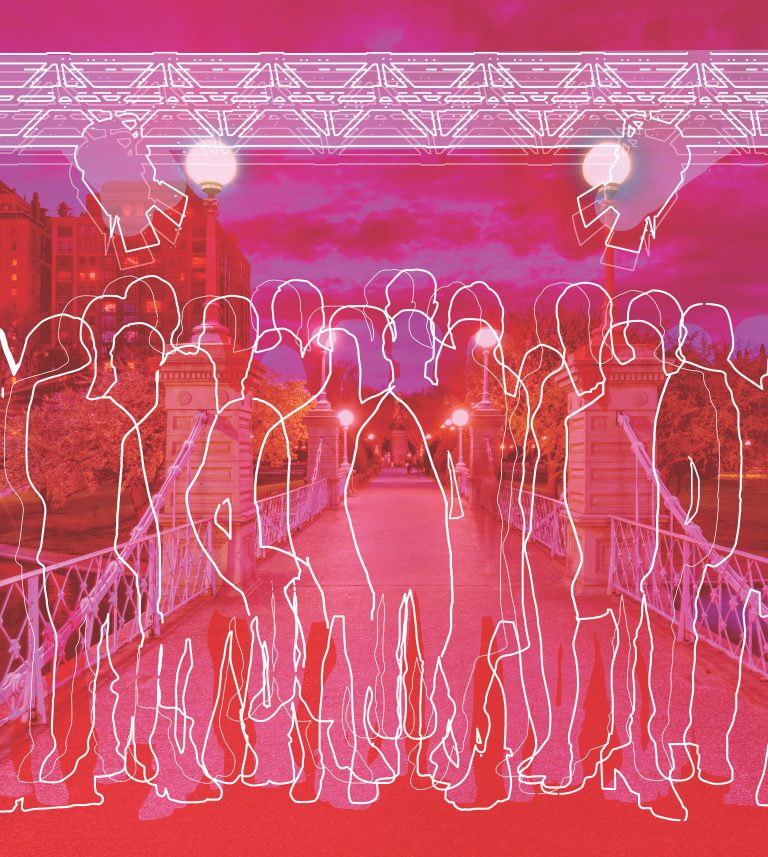Exploring Fairy Tales Around the World
By Brenda Huggins, Dramaturg, “The Secret in the Wings” by Mary Zimmerman, Directed by Annie G Levy
Originally devised by Mary Zimmerman and the Lookingglass Theater Company of Chicago in 1991, “The Secret in the Wings” brings to life six obscure fairy tales from the Brothers Grimm “Children’s and Household Tales,” and Calvino’s Italian Folktales collections, with images from Charles Perrault’s “Beauty and the Beast” woven throughout in a surreal dreamscape.
While source material for “The Secret in the Wings” pulls from European fairy tale canons, similar characters and stories resonate in cultures around the world. The images in these tales contain within them the weight and breath of hundreds of thousands of years of the human experience, and artists have used many mediums to capture their symbols and themes.
Here is a selection of illustrations and artwork from source material and variants of stories that have informed our production of “The Secret in the Wings,” on stage at the Semel Theater, February 9-12, 2023 Tickets are available!
“Allerleirauh,” Nicole Pisaniello, 2018 watercolor, pen and ink. This Grimm’s tale follows a young princess who escapes her abusive father by covering in furs and disguising herself as a servant in the kitchen of a nearby castle. Pisaniello’s illustration showcases the ring Allerleirauh drops into the King of the castle’s soup, but wait, which King is he exactly? He looks a lot like her father…
In France, this story is called “Donkey Skin,” where the fleeing princess covers herself in the hide of a donkey as she escapes. Illustration: Contemporary, Miss Clara, France. Allelieruah/Donkey Skin is a variant of its more well known sister story, “Cinderella,” which can be traced back as far as the Tang Dynasty, China, 850 A.D. “Yè Xiàn,” by poet and writer, Duan Chengshi.
Warwick Goble, a prolific artist from 20th century England famously painted scenes from many fairy tales, and “The Six Swans,” captures the image of the evil queen step mother from the Grimm’s tale with much beauty and enchantment.
In “The Tsarnaeva Who Wouldn’t Laugh” a painting by Russian artist Viktor Vasnetsov in 1926 depicts a bustling court, vying for the chance to please the King by making the melancholy princess laugh, or even smile.
This stunning ceramic tile panel of “Beauty and the Beast” by Morris, Marshall, Faulkner & Co. c.1867, England includes scenes of the Beast, whose depiction resembles a bear in this version, angrily approaching a man wandering in the bear’s garden after he steals a flower for his daughter. In the next scene, we see the daughter dreaming of the beast, a theme that carries over from versions of the tale across cultures. The origin of “Beauty and the Beast” is found in the ancient Greek Eros and Psyche myth, sharing similar images of these night time visits from the enchanted “Beast” husband.
Explore a curated collection of source material and related tales in the “The Secret in the Wings” Padlet Library:





